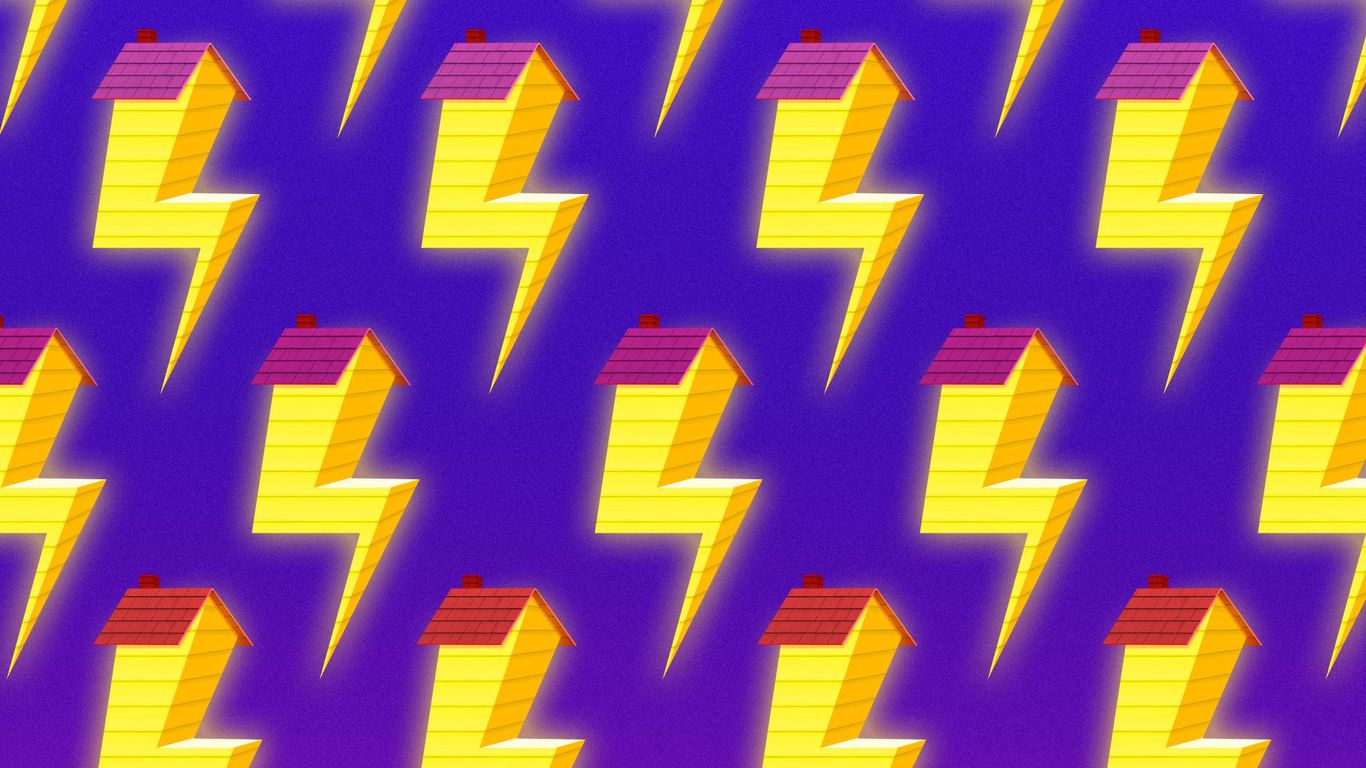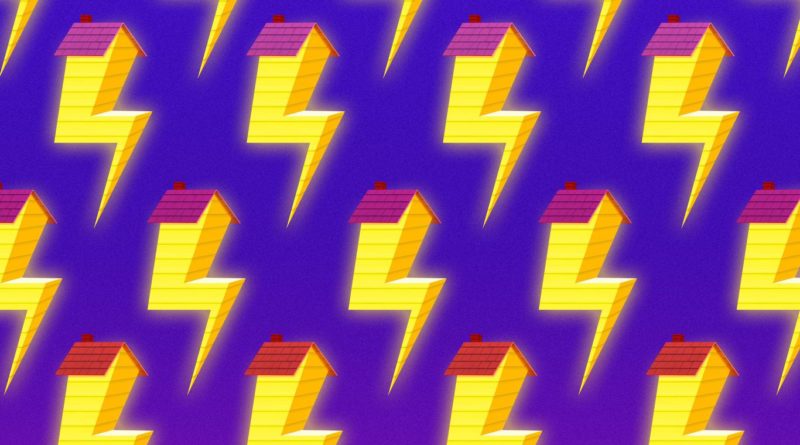The home of the future may generate its own electricity – Axios
Energy Disrupter

The “smart home” of the future may be fully or partially energy self-sufficient, equipped with a charging station that not only powers your electric vehicle, but could serve as a backup generator if the electricity goes out.
Why it matters: One of the great promises of smart home technology is resilience — the idea that we might wean our dependence on the power grid by building in solar capabilities and relying more on stored battery power.
Where it stands: The current generation of smart appliances and systems (for the kitchen, home entertainment, heating and air conditioning, and more) tend to be relatively big electricity gobblers, even if they’re more energy-efficient than the items they replaced.
- Among the big challenges will be to lower the energy footprint needed to power all the conveniences we’re seeking in a smart home, and to do so in ways that can withstand blackouts.
- LED lights combined with intelligent lighting, climate control and window shades are already translating to lower energy consumption (and lower bills) for those who have installed them — but they’re just a small start.
- Over time, the goal is for smart homes to generate and store their own power, potentially reducing demands on the grid and turning smart homes into a symbol of sustainability.
Yes, but: It’ll take a lot of work to get from here to there. For now, the energy advantages of smart home technology tend to be minimal — in part because the technology isn’t pervasive or standardized.
- Today, disruptions to internet connectivity or electrical power can translate to glitches or failures in home automation systems.
- Among the biggest complaints about smart home tech today are problems with network connectivity and the fact that many wireless devices drain their batteries too fast.
Where it stands: Aside from the familiar power generators that people buy in case of blackouts, today’s consumers only have access to a limited patchwork of devices and systems that would give them “smart” forms of backup power.
- Products on the market include the Tesla Powerwall, “an integrated battery system that stores your solar energy for backup protection, so when the grid goes down your power stays on.”
- Smart home energy systems like the ones from Savant Power use smart electrical panels, solar arrays, energy storage units, and the electric grid to balance energy loads continuously.
- Samsung’s SmartThings Energy is a new service that includes “home energy monitoring, individual device monitoring, and energy switching,” ideally to lower a consumer’s carbon footprint and monthly bills.
- The dcbel r16 Home Energy Station is a renewable energy ecosystem that can fuel up your EV and serve as a backup for your house.
What they’re saying: “Some of those resilience items will probably be very custom in the first years they’re out,” says Adam Hotchkiss, vice president of product at Plume Design, a smart home management company that offers a system called HomePass. “And then they’ll start to become more ubiquitous as technology emerges.”
What’s next: Developers are starting to build smart home communities like Karma in Phoenix, which is billed as the first in the country to use SPAN electric panels, which will “let homeowners control their home’s power from their phones,” per Fox 10 Phoenix.
- Karma homes will be “prewired for solar, and can accommodate electric vehicle charging for two cars in every garage,” according to the developer, Boyer Vertical.
- “Additional features include passive cooling, recycled and rapidly renewable materials, smart home technology monitoring, and LED lighting throughout.”
- In what may one day become a standard smart home feature, Karma residents will be able to use their EVs to charge their homes in the event of a power failure.
Original Source: https://www.axios.com/smart-homes-resilience-battery-energy-sustainability-483e0a1c-9db5-4406-aff1-ca025f302d83.html
















